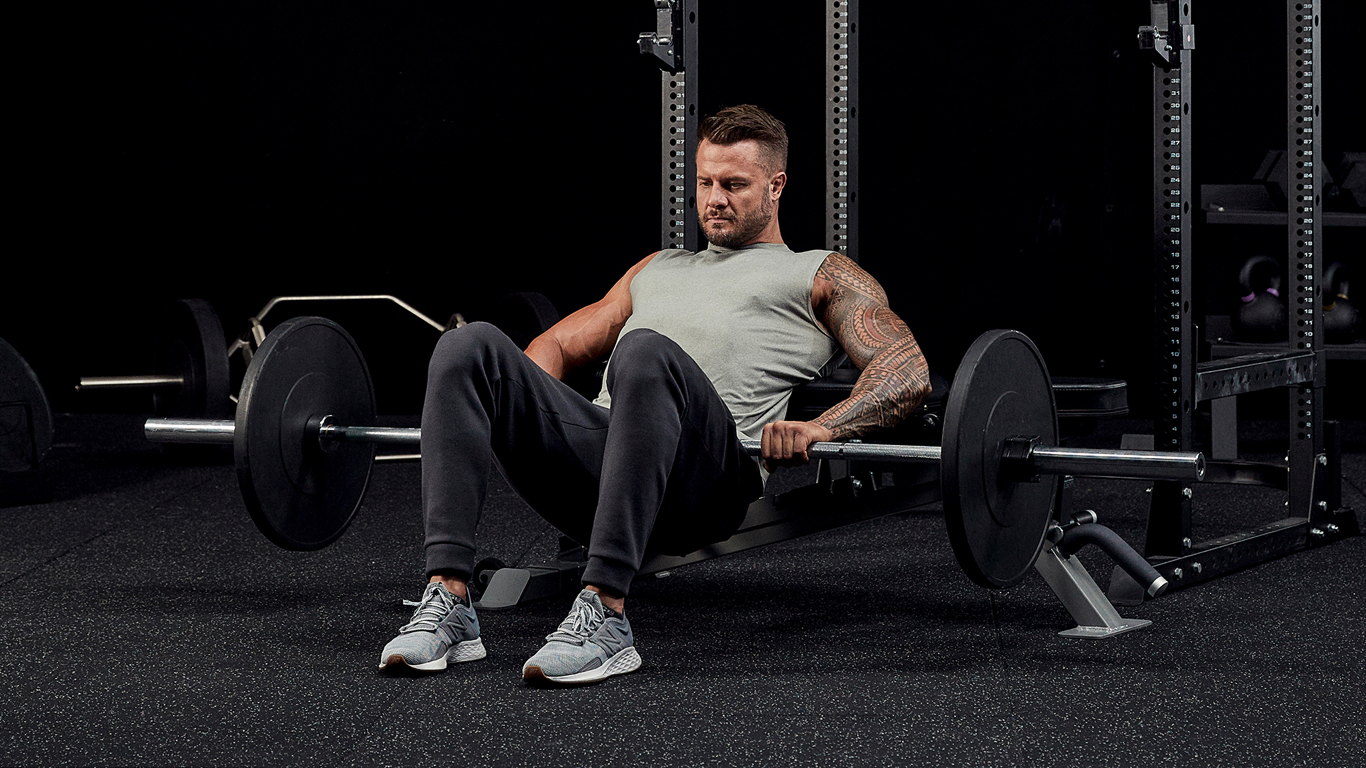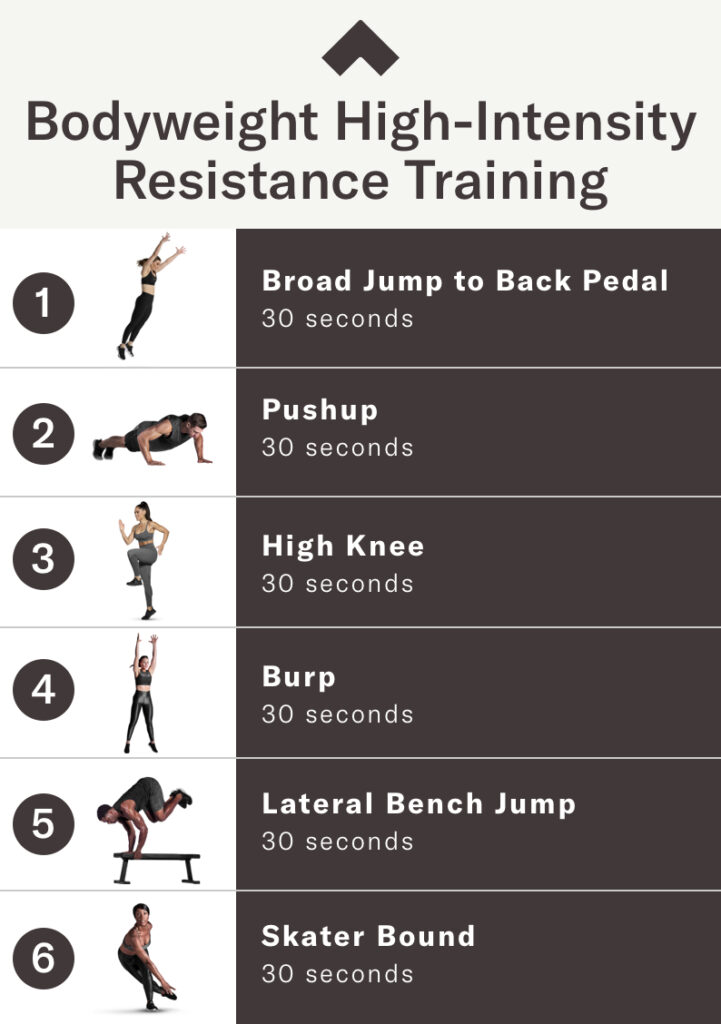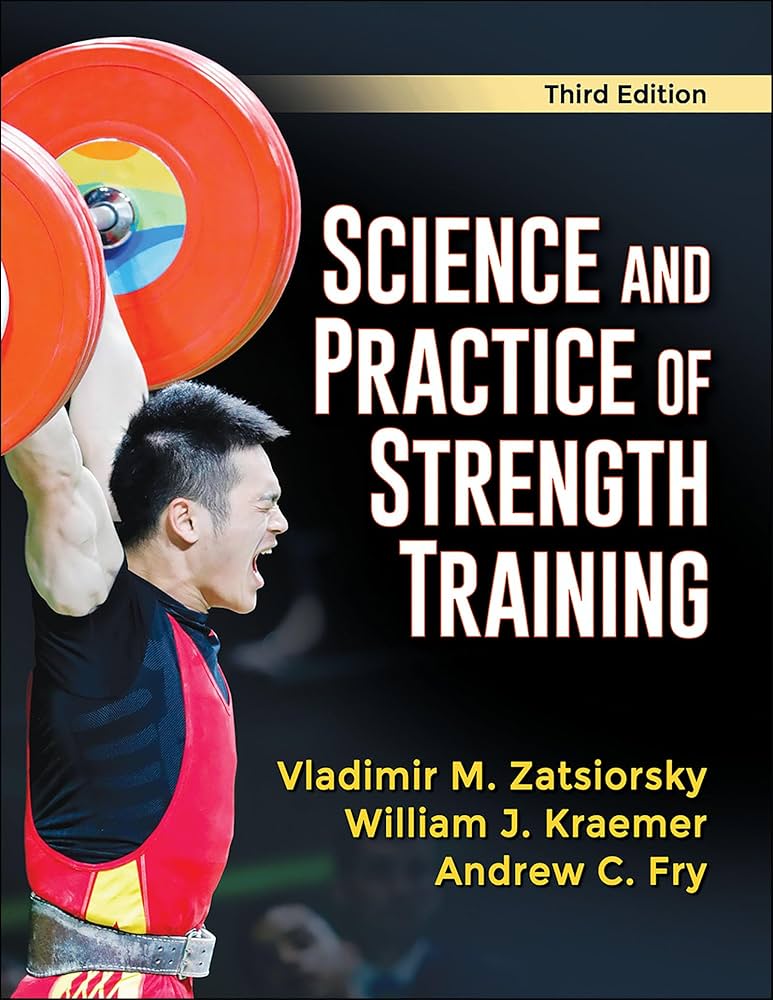Traditional strength training involves using free weights, machines, or body weight to improve muscle strength and endurance. It focuses on exercises like squats, bench presses, and deadlifts.
Traditional strength training is a tried-and-true method for building muscle mass and increasing overall strength. It primarily involves lifting weights, either through free weights like dumbbells and barbells or using resistance machines. The goal is to progressively overload the muscles, encouraging growth and enhanced performance.
This type of training is beneficial for people of all fitness levels, from beginners to advanced athletes. Consistent practice can lead to improved muscle tone, better metabolic rate, and enhanced physical performance. It also supports bone health and reduces the risk of injury by strengthening the connective tissues.

Credit: centr.com
Traditional Strength Training Unveiled
Weight lifting has a rich history. People have lifted weights for thousands of years. Ancient Greeks lifted stones to show their strength. Modern weight lifting began in the 19th century. It became popular in Europe and America. Weight lifting became an Olympic sport in 1896. Since then, it has grown worldwide.
Strength programs have several key components. These include warm-ups, main exercises, and cool-downs. Warm-ups prepare the body for exercise. Main exercises focus on lifting weights. Cool-downs help the body recover. Consistency is essential for success. Proper form and technique are crucial to avoid injuries.
Equipment Essentials
Traditional strength training involves using free weights, machines, and body weight exercises to build muscle and increase strength. Essential equipment includes dumbbells, barbells, kettlebells, and resistance bands. This method focuses on compound movements like squats, deadlifts, and bench presses.
Free Weights Vs. Machines
Free weights include dumbbells and barbells. They help improve balance and coordination. Machines guide your movements. They are safer for beginners. Both tools build strength but in different ways.
Supportive Gear For Safety
Wrist wraps protect your wrists during heavy lifts. Weightlifting belts support your back. Knee sleeves keep your knees safe. Lifting gloves prevent blisters on your hands. Proper shoes give you better stability.
Anatomy Of Strength Training
Muscle groups work together to move your body. The chest muscles push objects away from your body. Back muscles pull objects towards you. Leg muscles help you walk, run, and jump. Arm muscles allow you to lift and carry items. Core muscles support your spine and help you balance. Each muscle group has a special role.
Tendons connect muscles to bones. They help muscles move the bones. Ligaments connect bones to other bones. They keep joints stable and prevent injuries. Both are important for strength training. Healthy tendons and ligaments ensure safe and effective workouts.
The Science Of Muscle Growth
Hypertrophy means muscle growth. Muscles grow by getting tiny tears. Strength training makes these tears. The body repairs these tears. Muscles become bigger and stronger. Eating protein helps muscles grow. Consistent training is key for hypertrophy.
Neurological adaptations improve muscle control. The brain learns to use muscles better. Strength training helps this learning. Signals from the brain to muscles get faster. This makes muscles work more efficiently. Practice is important for these adaptations. Improved coordination also helps lift heavier weights.
Designing Your Strength Routine
Volume is the total amount of weight lifted in a session. Intensity is how heavy the weights are. Both are important for strength gains. Too much volume can lead to fatigue. Too much intensity can cause injury. A balance helps you get stronger safely. Try to lift weights that challenge you but are not too heavy. Aim for a mix of heavy and light days. This helps your muscles recover and grow.
Periodization is a way to plan your workouts over time. It helps you avoid plateaus and injuries. A common method is the linear periodization. Start with light weights and high reps. Gradually increase the weight and decrease the reps. Another method is undulating periodization. Change the weight and reps each week. This keeps your muscles guessing. Both methods can help you get stronger over time. Choose the one that fits your goals and schedule.
Credit: discussions.apple.com
Proper Technique And Form
Many people lift weights without the right form. This can lead to injuries. One common mistake is using your back instead of your legs to lift. Always keep your back straight. Another mistake is lifting too fast. Slow and controlled lifts are safer and more effective. Holding your breath while lifting is also risky. Remember to breathe properly. Lastly, avoid lifting weights that are too heavy. Start with a weight you can handle.
Stand with your feet hip-width apart. Keep your back straight. Bend your knees slightly. Grip the weight firmly. Lift with your legs, not your back. Keep the weight close to your body. Exhale as you lift. Lower the weight slowly and steadily. Always keep your core engaged. Look straight ahead, not at the ground. Repeat with the same careful form.
Strength Training For Different Goals
Traditional strength training focuses on lifting weights to build muscle and enhance overall physical strength. This method uses exercises like squats, deadlifts, and bench presses.
Building Endurance Vs. Maximizing Power
Building endurance helps you last longer in activities. You can run or cycle more miles. Focus on lighter weights and more repetitions. This helps muscles work longer without getting tired.
Maximizing power is about being strong in short bursts. This helps in sports like football or weightlifting. Use heavy weights with fewer repetitions. This builds muscle strength and explosiveness.
Considerations For Athletes Vs. General Population
Athletes need specific training for their sport. They might need more power or endurance. Training is often intense and focused. They work with coaches to improve skills and strength.
General population aims for overall fitness. They might want to lose weight or stay healthy. Their training is often more balanced. Workouts include a mix of strength, endurance, and flexibility exercises.

Credit: www.youtube.com
Nutrition And Recovery
Eating the right foods helps build strong muscles. Protein is essential for muscle growth. Good sources include chicken, fish, and beans. Carbohydrates provide energy for workouts. Whole grains, fruits, and vegetables are great choices. Healthy fats like avocados and nuts support overall health. Drinking plenty of water keeps muscles hydrated and functioning well.
Rest allows muscles to repair and grow. Sleep is crucial for recovery. Aim for 7-9 hours each night. Stretching helps reduce muscle soreness. Light activities like walking can aid in recovery. Avoid overtraining to prevent injuries. Listen to your body and take rest days when needed.
Overcoming Plateaus
Stagnation happens when progress stops. You might lift the same weights for weeks. No strength or muscle gains occur. This is a clear sign of a plateau. Recognizing it early helps in finding solutions.
Change your workout routine often. Add new exercises to challenge your muscles. Increase weights or reps to push your limits. Ensure proper rest and nutrition for muscle recovery. Stay consistent and track your progress.
Safety And Injury Prevention
Always pay attention to how your body feels. Stop if you feel pain or discomfort. Rest if you feel very tired. Pushing too hard can cause injuries. Drink enough water to stay hydrated.
Consult a professional if you are new to strength training. A trainer can teach proper form. This helps prevent injuries. Visit a doctor if you feel persistent pain. It’s important to get expert advice.
The Future Of Strength Training
Strength training is changing. New methods are coming up. High-tech gadgets help track progress. Virtual reality makes workouts fun. Artificial intelligence offers personalized plans.
Wearable devices monitor heart rate. They also count reps and sets. Smart gyms are becoming popular. These gyms have advanced equipment. Online coaching gives access to experts. People can train from home.
Science behind strength training is evolving. New studies offer better insights. Nutrition plays a big role. Recovery techniques are improving. Mental focus is now seen as crucial.
Functional training is gaining ground. It mimics daily activities. Biomechanics helps understand body movements. Genetics can influence training plans. Everyone can get stronger with the right approach.
Frequently Asked Questions
What Is The Difference Between Functional And Traditional Strength Training?
Functional strength training focuses on movements that mimic daily activities. Traditional strength training isolates specific muscles using machines or free weights.
What’s The Difference Between Traditional And Functional Strength Training On Apple Watch?
Traditional strength training focuses on lifting weights. Functional strength training targets movements mimicking daily activities. Apple Watch tracks both for better fitness insights.
Are Pull-ups Functional Or Traditional Strength Training?
Pull-ups are functional strength training exercises. They target multiple muscle groups, improving overall body strength and coordination.
How Is Traditional Strength Training Different From Circuit Training?
Traditional strength training focuses on lifting heavy weights with rest periods. Circuit training combines various exercises with minimal rest for a full-body workout.
What Is Traditional Strength Training?
Traditional strength training involves lifting weights to increase muscle strength and endurance.
How Often Should I Do Strength Training?
For best results, train at least 2-3 times a week.
What Equipment Is Needed For Strength Training?
Common equipment includes dumbbells, barbells, and resistance bands.
Can Beginners Start Traditional Strength Training?
Yes, beginners can start with lighter weights and basic exercises.
What Are The Benefits Of Strength Training?
Benefits include increased muscle mass, improved metabolism, and better bone health.
Is Strength Training Safe For Older Adults?
Yes, with proper guidance, it can improve strength and mobility in older adults.
Conclusion
Traditional strength training remains a timeless fitness method. It focuses on building muscle and improving overall strength. Incorporating these exercises into your routine promotes health and well-being. Embrace the benefits of traditional strength training for a stronger, healthier body. Start today and enjoy the positive changes it brings to your life.










